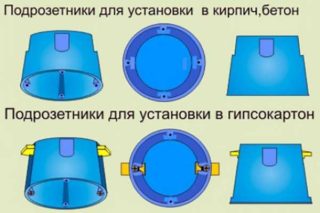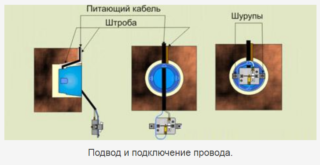All users are familiar with conventional light switches, made in the form of a key device mounted directly on the wall. To connect the switch if it is necessary to replace it with a new product or after repair, you will need to familiarize yourself with the design and existing types of keyboards.
Design and purpose
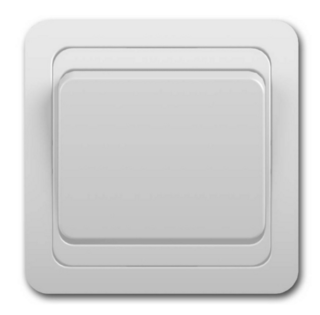
The single-key light switch is simple in design and consists of the following main parts and assemblies:
- a plastic case, designed in the form of a frame with a switching mechanism attached to it;
- two steel terminals for connecting the inlet and outlet conductors;
- a decorative cover and a wide key (in some models, a control button is provided instead).
The plastic frame has two holes with holes for fixing the device in an installation box or directly on a wall surface.
The circuit breaker terminals have screw clamps that securely fix the conductors supplied and outgoing towards the junction box.
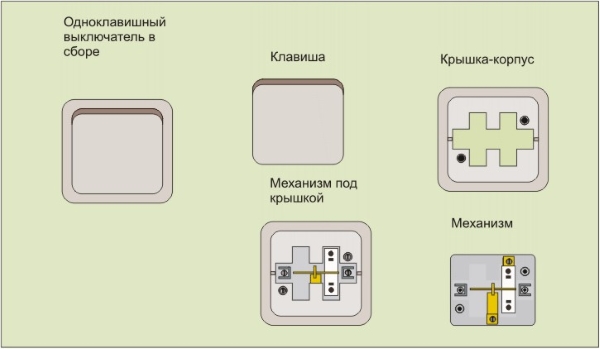
The purpose of the key switch is switching lighting circuits - turning on and off a chandelier or lamp. The scope of its application is not limited to one household area, since such a switch can be installed in rooms of any category.
Types and location
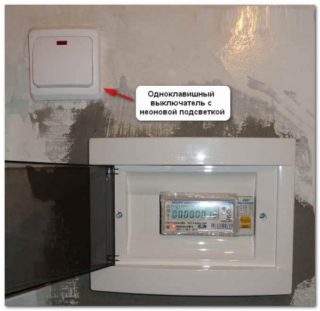
One-key household products are produced in the following versions:
- for outdoor installation and disconnection;
- for indoor installation;
- in the form of modular designs.
According to the degree of protection against moisture and dust, these products are subdivided into devices of increased tightness and standard design.
Indoor light switches are used with a hidden method of wiring conductors in an apartment. In the latter case, they are laid under plaster or in the cavities of frame walls.
For outdoor installation, the switch housing is fixed directly to the wall or to a wood / plastic backing.
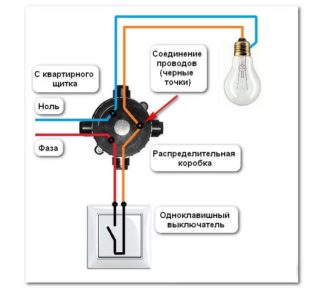
Before connecting a one-key switch to an active network, you will need to familiarize yourself with the rules for its safe installation within the room. According to standards adopted in Soviet times, the device relies on a distance of at least 1.6 meters from the floor. This limitation was taken for reasons of convenience in controlling the device, which is located approximately at eye level. Today, these strict requirements have been removed, according to the new rules, it is allowed to place an electrical switch in the following zones:
- on the wall surface from the side of the door handle, at a height of approximately one meter from the floor;
- at a distance of at least 0.6 meters from the door to the bathroom or shower room;
- at a distance of at least 0.5 meters from gas pipes and other dangerous highways.
Switches with a cord-operated light bulb may be installed in the area under the ceiling.
Modular devices or "on-wire switches" are mainly used in office premises, as well as in industrial and commercial areas.These products are intended exclusively for installation in plastic cable ducts. Devices in a special design are installed in rooms with high humidity: bathrooms, basements, attics and other utility rooms.
Connection rules and preparation for installation
According to the provisions of the PUE, the connection of a one-button switch to any network is performed only in the break of the phase conductor.
It is strictly forbidden to install it in the zero bus cut. Otherwise, there is a threat of electric shock when repairing a chandelier, for example.
Before connecting the switch to the line conductors, you will need to thoroughly prepare for this event.
Preparatory procedures
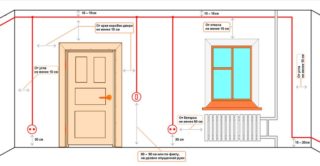
At the preparatory stage, the following operations are carried out:
- A location suitable for installing the device is selected. The main requirements are convenience and safety.
- The circuit breaker connection diagram is drawn in all details.
- A set of tools and materials is being prepared, which cannot be dispensed with during installation work.
The place for installation is selected in full accordance with the requirements of the current standards, and when drawing up the connection diagram to the switch, the direction of connection must be taken into account.
On the bottom and top of the body, arrows are indicated, directed inward and outward. They mean the places of the input of the phase conductor coming from the linear machine and the output of its continuation.
- flat and Phillips screwdriver;
- mounting side cutters;
- installation box for concealed installation;
- socket for open installation.
You should also prepare an insulating tape and a set of additional fasteners.
When preparing the tool, it is important to pay attention to another crucial detail. To mount the switch in a closed way, you will need a drill with a special drilling attachment, which experts call a "crown".
Connection instructions
The various circuit breaker wiring diagrams are similar to each other, but differ in some important details. Therefore, it makes sense to consider three different options associated with the external and internal installation of products, as well as with the method of switching in the junction box.
Installing the outdoor unit

The simplest way to connect a one-button switch on the wall surface is implemented according to the classical scheme. The phase conductor taken out from the machine is connected to the lower terminal, and the outgoing from the upper contact goes directly to the light source. In this situation, it does not matter how both of these conductors are laid: along the surface of the walls or secretly.
The correct connection is such a connection in which the device itself is installed in the break of the phase wire. This rule is equally true for all considered options.
Concealed installation
To do all these operations as quickly as possible, you will have to use ready-made conductors and niches left over from the old switch.If the length of the aluminum core sticking out of the wall is not enough for connection, you will have to increase it using a piece of copper conductor and a miniature transition-type terminal block.
Connection via junction box
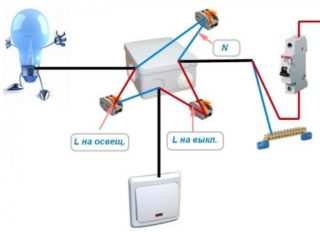
To open the switch through the junction box, you will need to do the following:
- The withdrawn phase conductor is laid up to the corresponding contact of the distribution unit.
- After fixing it, another wire is pulled up to the lighting fixture.
- The neutral conductor is usually not required to be laid, since it is pre-laid in the thickness of the walls or ceiling to the second terminal of the illuminator.
All procedures for opening a single switch are similar to those already described earlier.
How to connect a one-key device for two bulbs
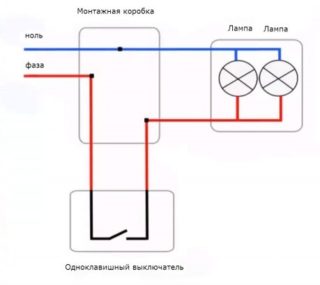
When considering the connection diagram of a one-button switch to two lamps installed in different places, it is necessary to pay attention to the following details:
- One conductor is taken from the upper terminal of the device towards the junction box.
- A separate phase wire extends from it towards each of the illuminators.
- In the end, it remains to conduct the wiring inside the box itself, after which the two branches outgoing to the lamps will be connected using a jumper.
This method is applicable only when two fixtures are located nearby - in the same room with a common junction box.
To lay the wire to the second lighting fixture, it is not at all necessary to prepare grooves in the walls and ceiling. You can use a regular plastic cable duct laid along the same route.
If there is a ground bus in the apartment wiring, the corresponding wire is connected to the luminaire body. In its absence, the grounding terminal remains unused.

